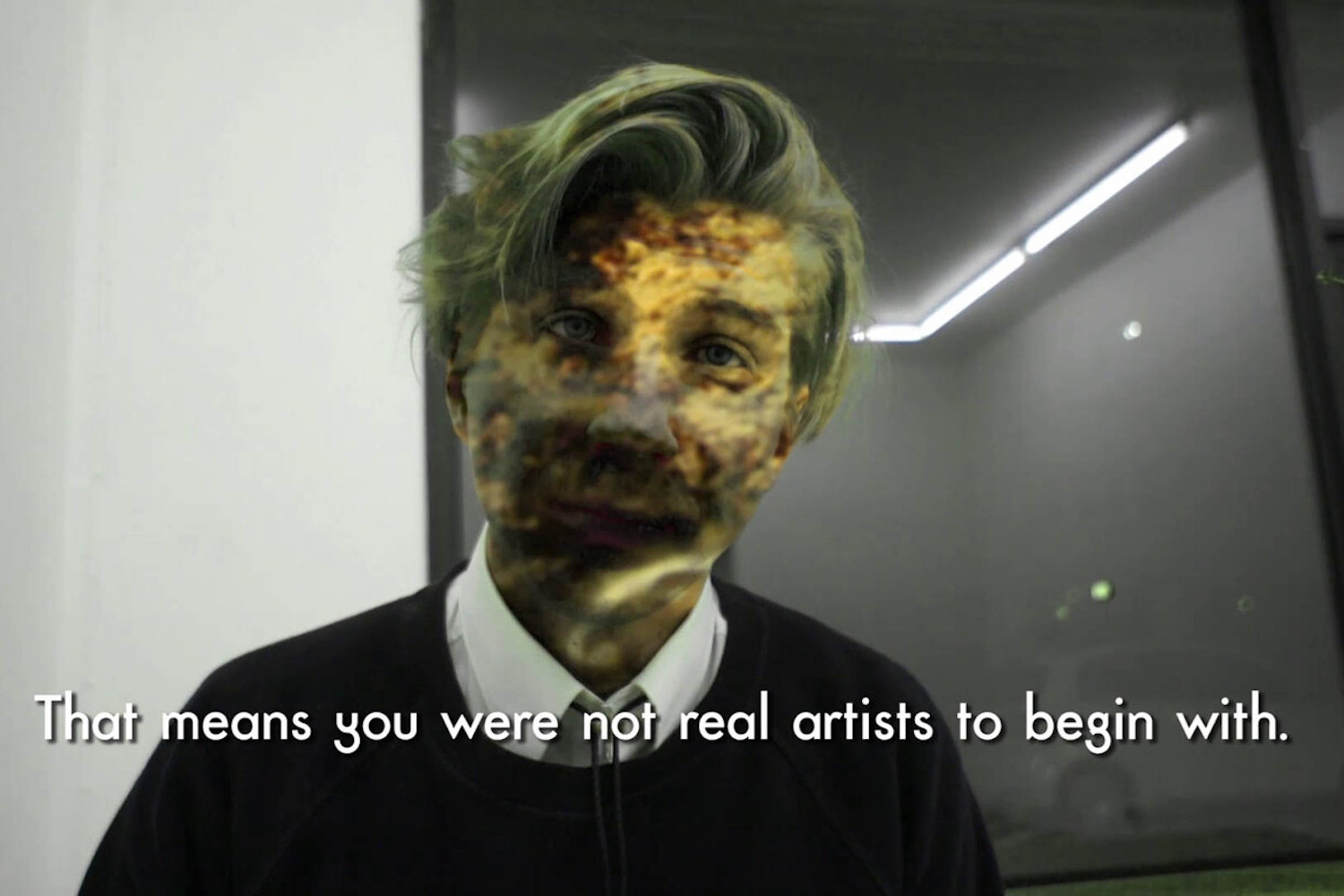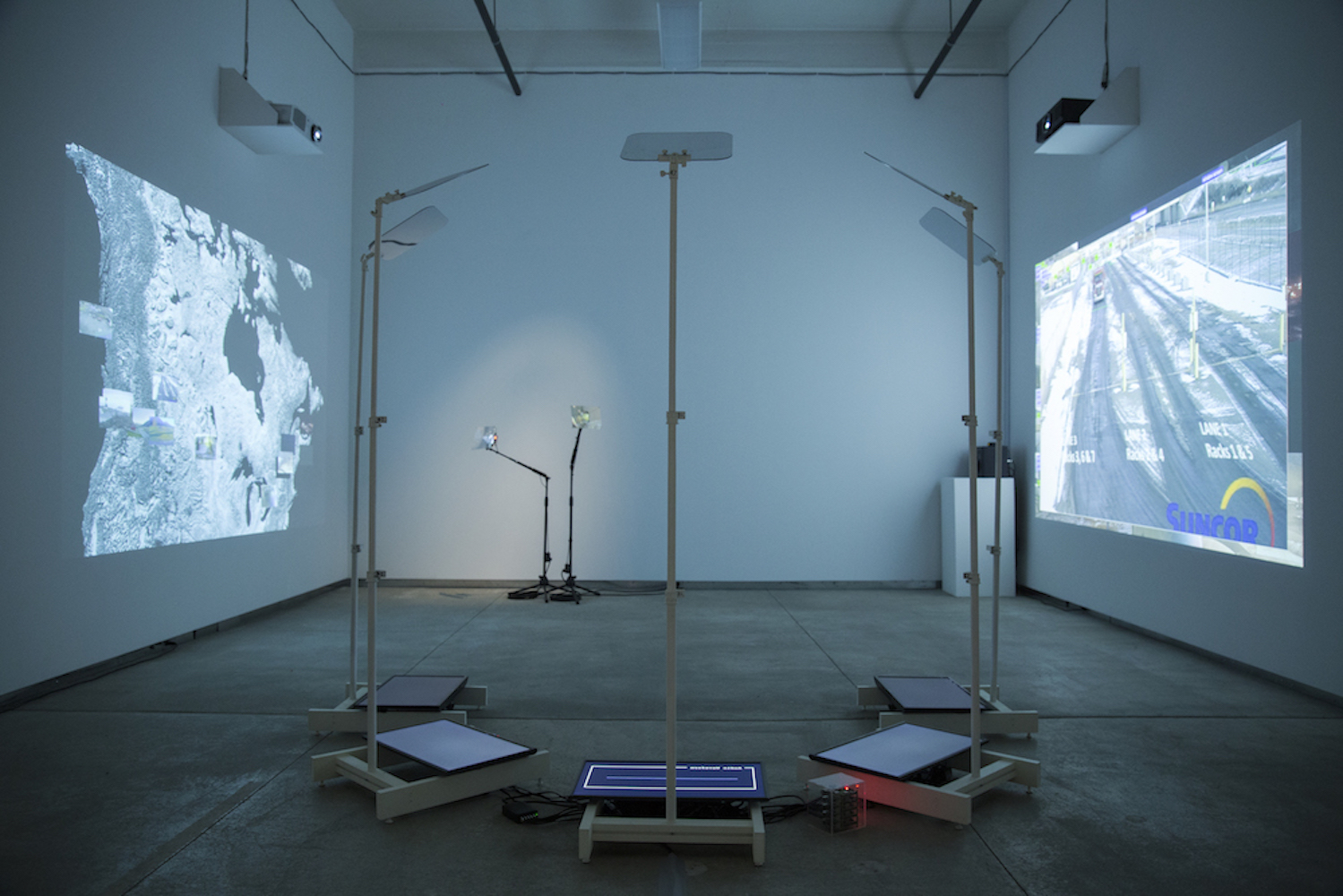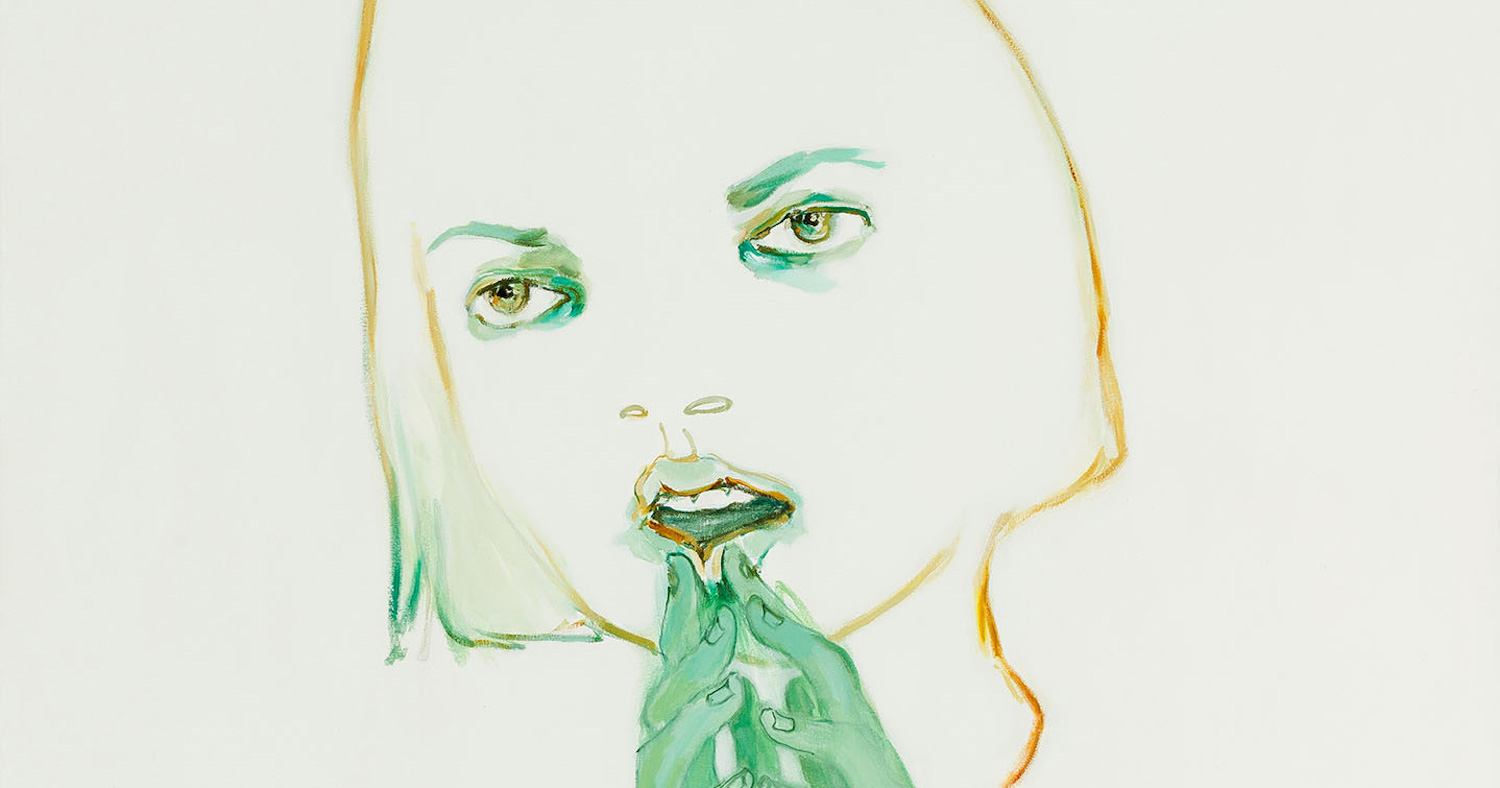
Kunsthall Oslo is very pleased to present Death to the Curator, a collaboration with 15 artist-run initiatives from the Nordic region, plus one from Addis Ababa. The project consists of a public exhibition of newly commissioned and existing works—large-scale silkscreen prints, sculptures, textiles, video, performance—as well as an installation of Unboxing – the Goodiepal collection and the launch of an ambitious publication with contributions from all of the collaborators plus additional texts. There will also be a “distributed conference”—under the conditions imposed by the pandemic—with live online contributions from around the region.
Artist-run initiatives are taking on a variety of forms and creating new models as they re-evaluate what it means to produce value, artistic and otherwise, in contemporary society. As Honza Hoeck writes in his essay for the publication, “It is quite rightly the artist’s task to create unreasonable organisations.” Of those taking part in this project, some manifest as schools or research collectives, some are community activists, some orbit the commercial gallery circuit, some are primarily open spaces or social platforms, and some are conceived as artworks in themselves. It is also important to note that many of the artists participating in this project do consider themselves curators, even to the point of seeing curatorial work as an integral part of their artistic practice. What is key is that their practices always aim to promote, create, preserve, explore or extend some form of collectivity. Gize, for example, write that “We imagine ourselves actively engaged in a process of worldmaking. Through creative, pedagogical, and political engagements, we desire to facilitate a coming-together, despite and because of differences.”
In Scandinavia, the rise of the professional art curator has been a phenomenon of the neo-liberal era, while the older, social democratic model of exhibitions arranged or juried by the artists’ unions has been relegated or displaced. Globally, contemporary exhibition-making rests on a history that is at core white, Western and patriarchal. As state money and private wealth pour into new museum buildings around the Nordic region and around the world—in Oslo we have the new Astrup Fearnley Museum (EUR 100,000,000), the new Munch museum (EUR 300,000,000) and the new National Museum (EUR 500,000,000)—it seems particularly relevant to look at alternative visions for the future of art institutions that are not founded on these hierarchical legacies.
Of course the critique of the contemporary curator does not belong particularly to the present moment, but is just as old as contemporary art. Daniel Buren complained at Documenta V in 1972 that an artist had no choice but to “throw her- or himself and her or his work into this trap” that Harald Szeemann had prepared, where artworks became mere “touches of colour” in an overall tableau authored by the curator. Curators have been condemned as agents of recuperation, polluting some imagined ur-form of artistic value; as gatekeepers, bureaucrats and middlemen; as agents of destructive interpretation and micrological study, of globalisation and conformity.
Perhaps surprisingly, given this project’s title, we are not signing up to any of these positions, or taking sides in the struggle for subjective supremacy. To put it another way, it’s almost certain that your authenticity was polluted all along. But the strict hierarchies and vast scale of today’s super-institutions serve to put multi-million euro budgets at the service of the elegant taste and global networks of a few powerful individuals. And the very existence of the professional curator, like that of the king in a constitutional monarchy, serves to demonstrate that representation is a privilege you have been granted, not a right you can expect. The figure of the curator is often directly antagonistic to the idea of solidarity, and works to shut down the expression of collective action and self-organisation; the curator ultimately fights on the side of the status quo. Such is the success of the model that it is hard to remember, or even to conceptualise, how exhibitions ever got made without the animating figure of the curatorial magus behind them. So we are very pleased to host sixteen beautiful visions of how the art world might, could, or does work differently.
Death to the Curator is part of Kunsthall Oslo’s ongoing series of projects celebrating artist-led culture, which began in 2020 with the workshop and performance Coming Together by Gize and the group exhibition A Collective Chaosmos intiated by Ida Madsen Følling and Markus Li Stensrud, and continues later in 2021 with an off-site performance work commissioned from a new collective associated with the artist-run space Podium. With contributions from Alta Art Space, Bananskolen & Goodiepal, Gize, hangmenProjects, Khartoum Contemporary Art Center, Kling & Bang, Manège, Podium, Skogen, Small Projects, Sorbus, Sydhavn station, Tenthaus, Third Space, Vandaler forening and Vermilion Sands among many others, and additional texts from Honza Hoeck, Melanie Kitti, Corina Oprea and Marie Thams. Supported by the Nordic Culture Fund, Nordic Culture Point, and the Arts Council Norway


